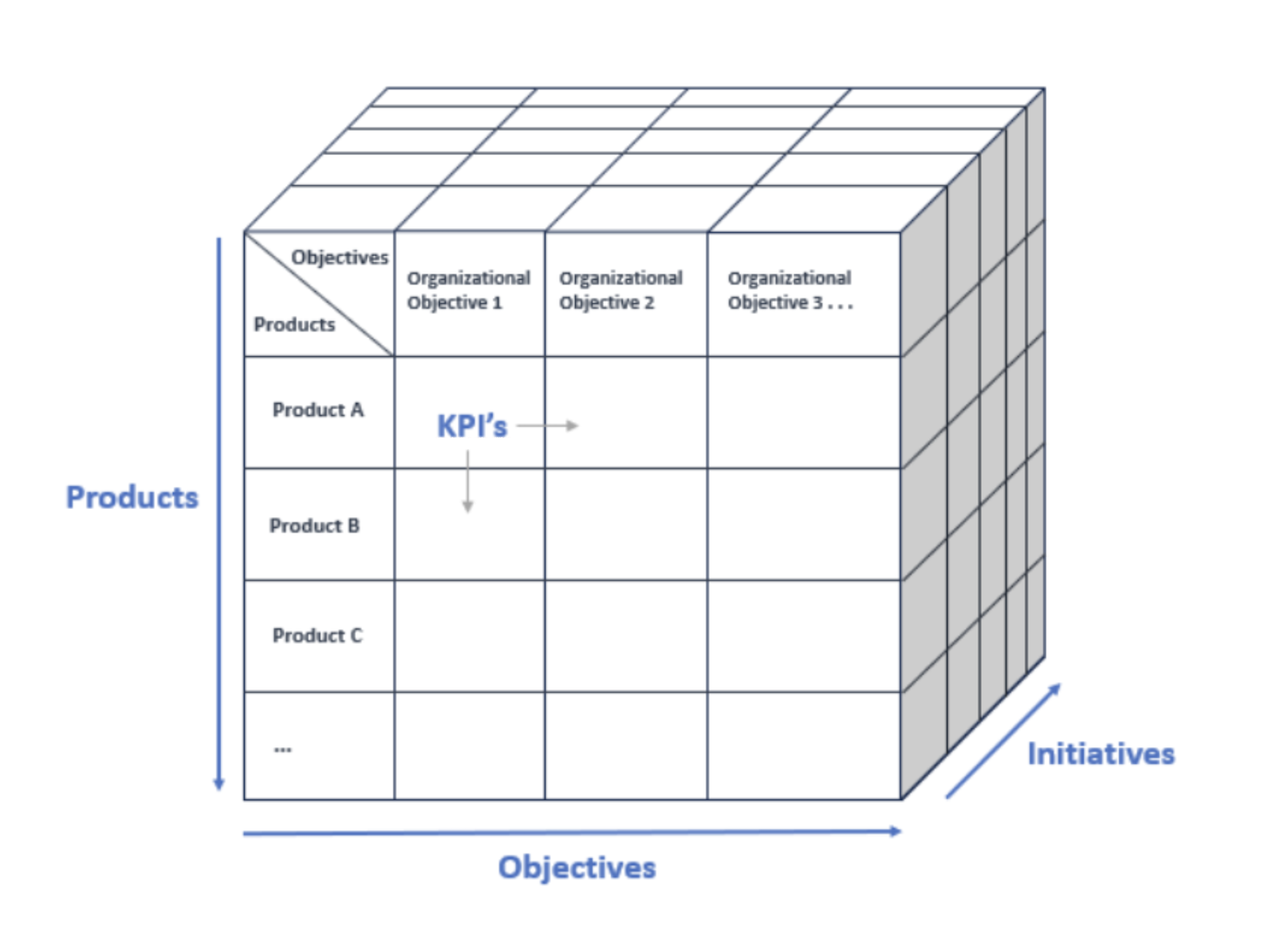California Management Review
California Management Review is a premier academic management journal published at UC Berkeley
by Alexandre Luis Prim

Image Credit | Sunder Muthukumaran
Most companies fail their strategic plan due to underestimating planning resulting in poor execution. Their focus is usually on achieving goals rather than discussing “what” and “how” to do things while exploring external opportunities and meeting customers’ needs. Managers are critical for strategy development and execution; however, research has identified less than one-third of them know the company’s strategic priorities.1 Further, this context becomes worse when considering that managers are usually absorbed by internal issues rather than strategizing and planning execution.2
“Walmart’s Emergent Low-Cost Sustainable Product Strategy” by Andrew Spicer and David Hyatt
On the other side, product managers understand business cases to improve their solutions continuously to increase value perception for customers. Several companies spend time on identifying a market fit, observing market needs, and creating value for customers toward the evolution of products and opportunities;3 However, very few companies are connecting these to their strategic plan (for instance Walmart’s low-cost sustainable product strategy).4 Prior research has stated a disfunction between strategy and innovation to make strategic plans happen.5 Also, companies have struggled to deal with project prioritization resulting in a poor connection between product development and strategy priorities.6
Current knowledge is vast on the number of product management frameworks, but limited discussion has been devoted to connecting product management and business strategy topics. Balanced Scorecard (BSC) and Objectives and Key Results (OKR) are mainstream frameworks for the business strategy field; however, they focus on organizational processes and goals broadly. The link among products and services, organizational objectives, key performance indicators (KPI) and initiatives is still vague and unclear in the current literature.
This paper extends the current knowledge by offering a complementary view on connecting products and services to organizational objectives in a time-based perspective. By doing so, Product Managers can strategize business actions aligned to organizational objectives and customers’ needs. Also, having this on hand, it helps executives to make a meaningful link to business strategy and communicate it properly.7 Hence, I do welcome The Product-Objective-Initiative Cube (POIC)!
The Product-Objective-Initiative Cube Framework

The POIC framework is based on the following three steps:
While following these steps above mentioned, managers are connecting indicators of product management to organizational objectives and managing initiatives to achieve the success of corporative strategic planning. Keep in mind, that the richness part of a strategic plan is discussing what and how will be done to pursue objectives rather than defining goals only. For effectiveness, the three steps are recommended to be done through a mixing perspective – combining top-down and bottom-up approaches.
How to apply this framework? Let’s have an example below considering an IT company. The company provides ERPs, consulting, and customized solutions services for a broad business segment, with the following mission: “To simplify users’ lives through simple IT solutions”. From this mission statement, it is possible to highlight user experience, new IT solutions, and organizational sustainability – Revenue and Cost structure, as key objectives of this company.
Table 1: Connecting products and services to organizational objective

The next step is to exploit the contribution of each product and service to the Key Performance Indicators in numbers. In this stage, managers must have information on how much each product or service impacts KPIs. This information is crucial for product management purposes and prioritization. In doing so, I do suggest managing this on a lower level, such as the family of products or services, sub-services, domains, and segments.
Let’s have an example considering the indicator “New patents” for the service titled Research & Development. In this example, I have split the service into segments. Table 2 shows previous measurements and goals for the next five years of each sub-service. According to explicit in Table 2, it is possible to comprehend that R&D banking and IT segments are expected to grow, while the R&D education segment remains static, and the R&D textile segment drops down. On average, managers are projecting to growth of 18% in new patents over the next five years.
Table 2: New patents indicator

The charts below show a timeline perspective of each sub-service (chart 1), and a portfolio perspective of each theme in this indicator for management (chart 2). The charts provide a portfolio view to clarify the direction a company is going according to market opportunities and customers’ needs. So, this view allows managers to make the best decisions in their products or services to potentialize organizational outcomes.
Chart 1: New patents indicator - Timeline

Chart 2: New patents indicator - Portfolio

The final step is to create initiatives to sustain those services, like business actions, IT development, and contracting third parties. Further, managers must prioritize initiatives and bring all of them together in a roadmap to show how and when things will be done and delivered to customers. This tactical part is crucial to make goals a reality and achieve organizational objectives.
Bringing back the example, how does this company catch up on the success of their new patent indicators per segment? The company may plan a roadmap considering business actions (orange bars) and IT development (blue bar) as shown below (see Chart 3). In this example, the company is emphasizing further resources on the R&D IT segment due to predictions of reaching 69% of the portfolio of new patents. Furthermore, this KPI impacts the “New IT Solutions” objective (see Table 1) which will lead the company to reach its organizational mission “To simplify users’ lives through simple IT solutions”.
Chart 3: Roadmap per sub-service and type

The POIC framework provides a comprehensive view for integrating strategy into a modus operandi in organizations. The method is based on three steps which are going to align organizational objectives with products and services, key performance indicators, and initiatives and roadmaps into a longitudinal view for product management and organizational sustainability purposes. The implementation of this method will provide a better view of product management, strategic alignment, and relevant data for decision-makers.
Sull, D., Sull, С., & Yoder, J. (2018). No one knows your strategy-Not even your top leaders. The Strategic Agility Project, 7.
Carucci, R. (2017). Executives fail to execute strategy because they’re too internally focused. Harvard Business Review, 13.
Gnanasambandam, C. et al. (2023). What separates top product managers from the rest of the pack. Available at: Tech product management best practices, McKinsey.
Spicer, A., & Hyatt, D. (2017). Walmart’s emergent low-cost sustainable product strategy. California Management Review, 59(2), 116-141.
Rogers, D. L. (2024). The Missing Link Between Strategy and Innovation. Harvard Business Review, March 18º.
Aboagye, A., Borden, K., Hannon, E. (2017). Matching the right projects with the right resources. Available at: Matching the right projects with the right resources, McKinsey
Lancefield, D. (2022). How to communicate your company’s strategy effectively. Harvard Business Review.